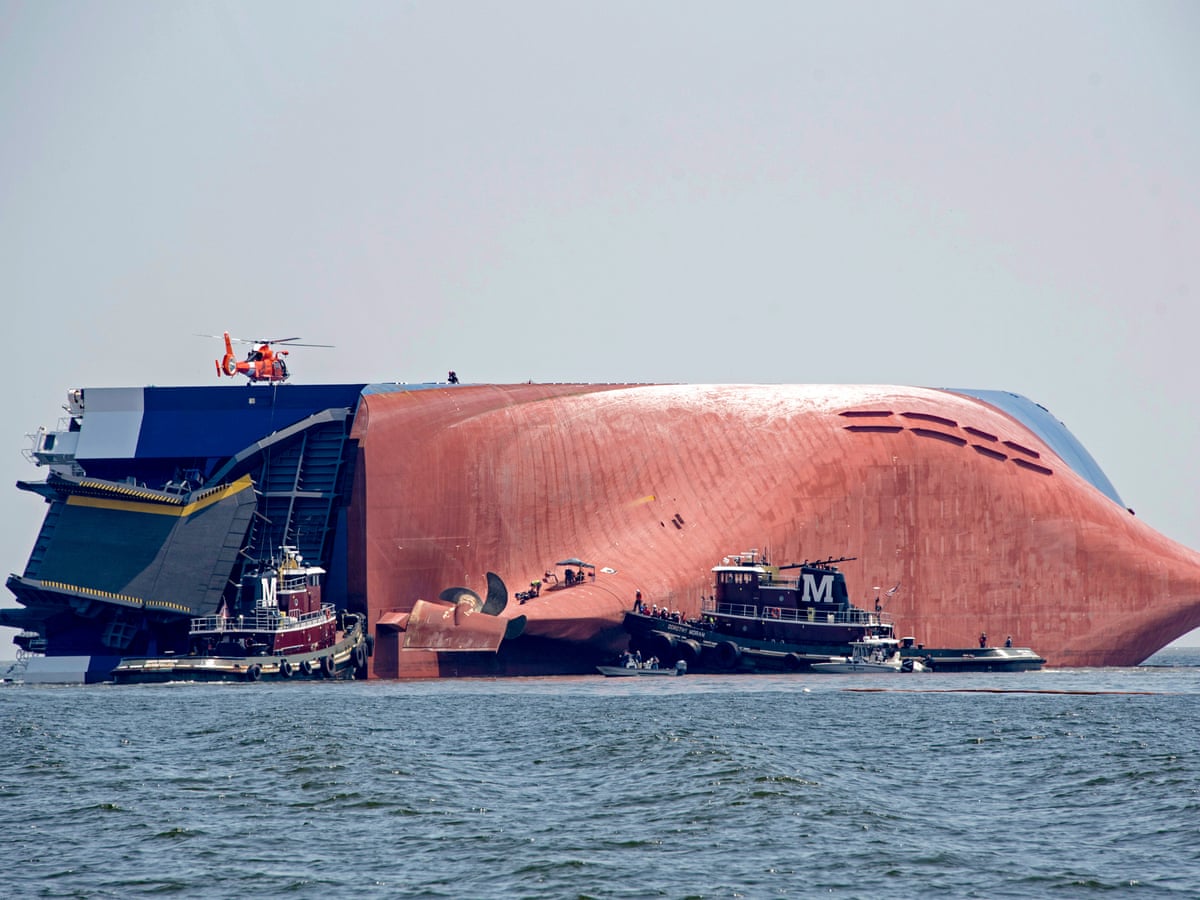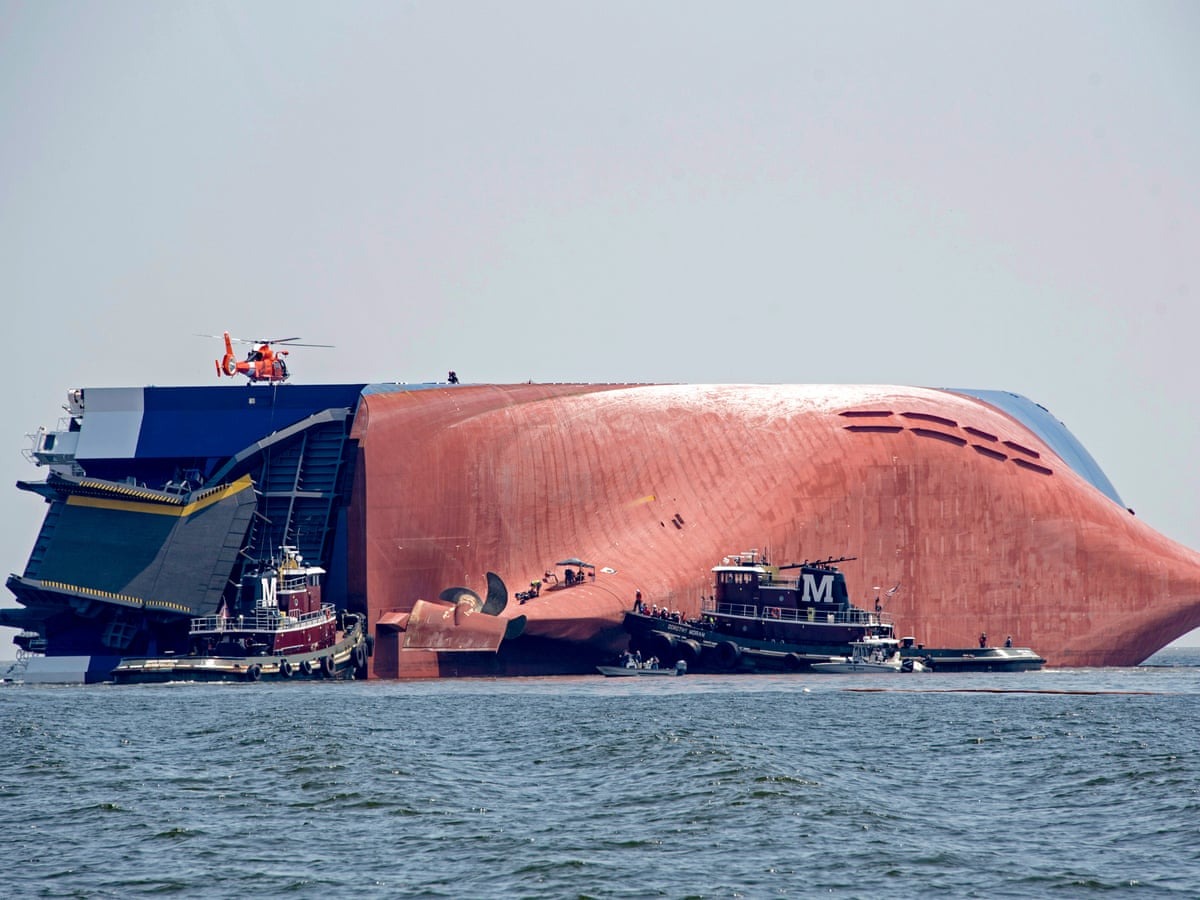In 2025, two tragic maritime disasters involving passenger ships shocked Southeast Asia and reignited global discussions around maritime safety. One occurred off the coast of East Java, Indonesia, and the other in Vietnam’s famed Ha Long Bay. Both incidents involved commercial vessels carrying tourists and locals — and both ended in devastating loss of life. This article provides a comprehensive breakdown of what happened, why it matters, and what lessons can be learned moving forward.
The Indonesian Ferry Disaster: KMP Tunu Pratama Jaya
The Timeline of Events

On July 2, 2025, the Indonesian ferry KMP Tunu Pratama Jaya departed from the port of Ketapang in East Java en route to Gilimanuk, Bali. The vessel was carrying approximately 65 people, including passengers, crew, and drivers of 22 vehicles onboard. The crossing is routine and typically takes less than an hour.
However, shortly after departure, the vessel began taking on water in the engine room. Within 12 minutes, the ferry had lost power, rendering its steering and navigation systems inoperable. Despite the crew’s attempts to stabilize the situation, strong waves and worsening weather conditions caused the ferry to list and eventually capsize.
Human Cost and Rescue Efforts

As of July 4, authorities confirmed at least 19 people had died, with 16 still missing. 30 individuals were rescued, some clinging to debris in rough seas. The Indonesian National Search and Rescue Agency (Basarnas) launched a massive rescue operation, but adverse weather severely hampered efforts.
Eyewitnesses described scenes of panic, with passengers attempting to wear life vests and jump into the water as the ferry tilted dangerously. Unfortunately, many were trapped below deck or caught off-guard by the speed of the capsizing.
Preliminary Investigations
Initial reports suggest mechanical failure in the engine room may have led to the flooding. Authorities are also investigating whether the ferry was overloaded or if any safety procedures were overlooked.
The Vietnamese Tourist Boat Tragedy: Wonder Sea in Ha Long Bay
Sudden Weather Turns Deadly

On July 19, 2025, the tourist boat Wonder Sea was on a scenic day cruise through Ha Long Bay, one of Vietnam’s most famous travel destinations. Carrying 49 individuals — 46 passengers and 3 crew members — the boat encountered a sudden and violent thunderstorm near Đình Gỗ Cave.
Eyewitness accounts and video footage confirm that the boat began to list and overturn within minutes. Many passengers had little time to react as winds intensified and the vessel capsized rapidly.
Casualties and Response
The final death toll was 39, making it one of the deadliest tourist boat accidents in Vietnam in recent years. Only 10 people survived, most of whom were pulled from the water by nearby rescue boats or local fishermen. Many victims were domestic tourists, including families with children.
Vietnam’s maritime safety officials later confirmed that the boat had been cleared for travel earlier that morning and had passed inspection. However, the weather had deteriorated rapidly — something not unusual in the region during summer monsoon months.
A Captain’s Critical Decision
Some survivors reported that passengers had expressed concerns about the darkening skies, but the crew proceeded with the tour. Investigators are now reviewing whether the captain ignored early weather alerts or made the call under commercial pressure to complete the voyage.
Comparing the Two Disasters

Similarities
Both incidents highlight a devastating mix of:
- Sudden weather changes
- Possible mechanical or procedural failure
- Inadequate response time
In both cases, passengers had only minutes to act, and many were not adequately prepared or informed of emergency procedures.
Differences
- Location: The Indonesian disaster occurred during open-sea ferry travel, while the Vietnamese tragedy took place in a more sheltered bay.
- Cause: Mechanical failure and water intrusion are suspected in Indonesia, while sudden weather was the primary factor in Vietnam.
What Can Be Learned?
1. Improved Weather Monitoring
More accurate, real-time weather alerts for coastal and marine areas could allow captains and authorities to take preventive action.
2. Mandatory Safety Briefings
Tour boats and ferries should conduct short emergency training and life vest demonstrations before departure. Many passengers said they did not know where to find safety equipment when disaster struck.
3. Strengthened Inspection Protocols
Even vessels that pass routine inspections can become hazardous in extreme conditions. Authorities should enhance the frequency and depth of technical audits, especially during monsoon season.
4. Accountability and Transparency
Investigations should be carried out transparently to ensure families receive clear answers, and lessons are documented for the industry’s benefit.
Final Thoughts
The tragic sinkings of KMP Tunu Pratama Jaya and the Wonder Sea were preventable disasters that underscore the importance of rigorous safety standards, real-time risk assessment, and emergency readiness. As climate patterns become more volatile, maritime tourism must adapt and prioritize human life above schedules and profits.
Let these two incidents serve not only as solemn reminders of lives lost but also as catalysts for lasting reforms in maritime travel safety.
Sources:
- Wikipedia – Sinking of KMP Tunu Pratama Jaya
- Wikipedia – Sinking of the Wonder Sea
- VNExpress
- Jakarta Post
